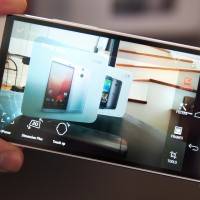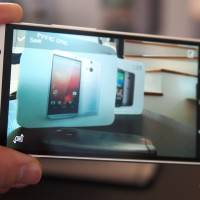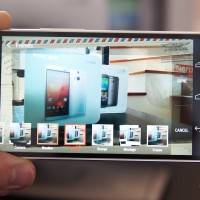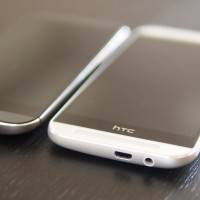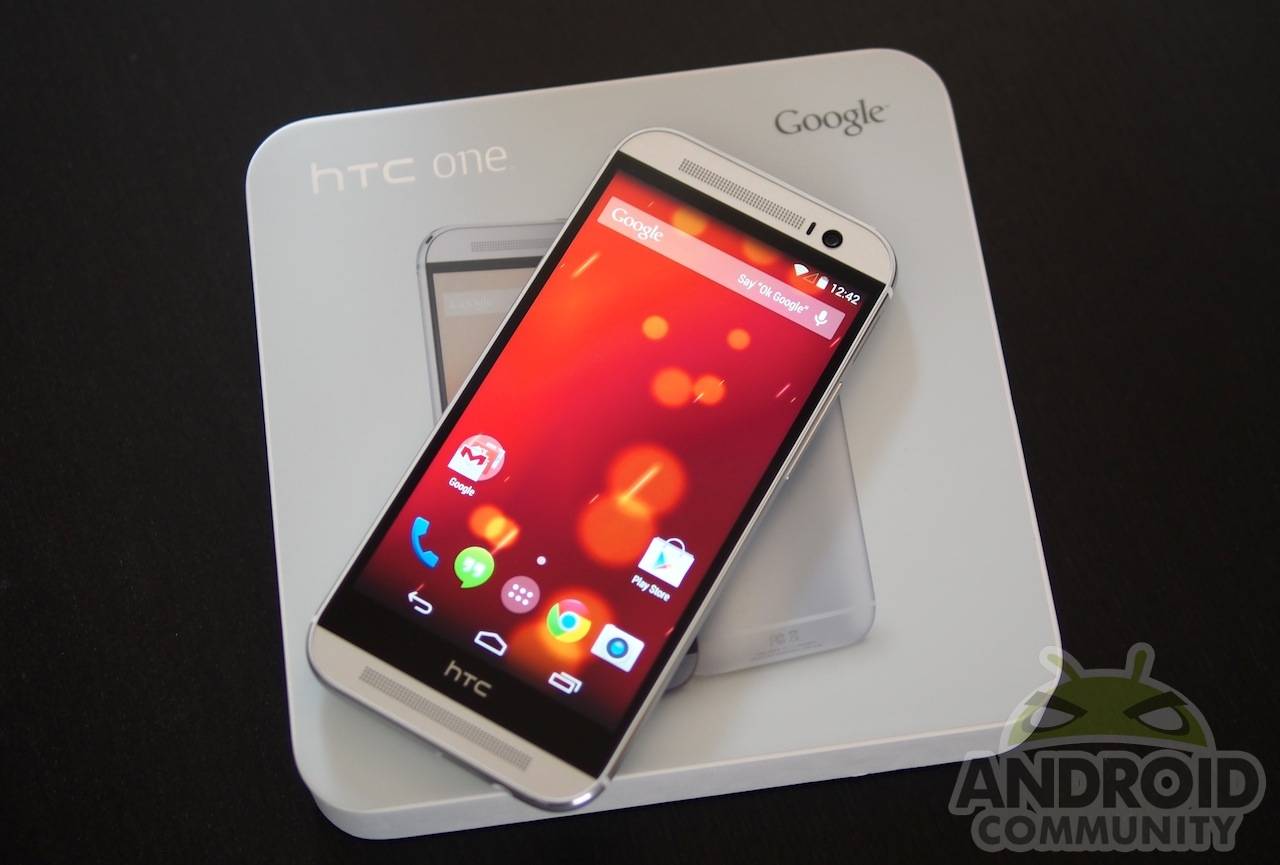
Just as we saw with the HTC One (M7) last year, there are a variety of models of the HTC One (M8) available. You will be able to find the branded carrier models as well as the Unlocked and Developer Edition models direct from HTC. And as you’ll see discussed here in this post, the HTC One (M8) Google Play edition (GPe). This one brings Android 4.4.2 Kit Kat without Sense 6, but it is not quite as pure as some of the earlier GPe handsets.
You see, this time around Google has included support for several of the key One (M8) features. That includes the Duo Camera and BoomSound audio. Of course, the HTC One (M8) GPe is still expected to get updates quicker, much like what we have seen with the earlier GPe devices.
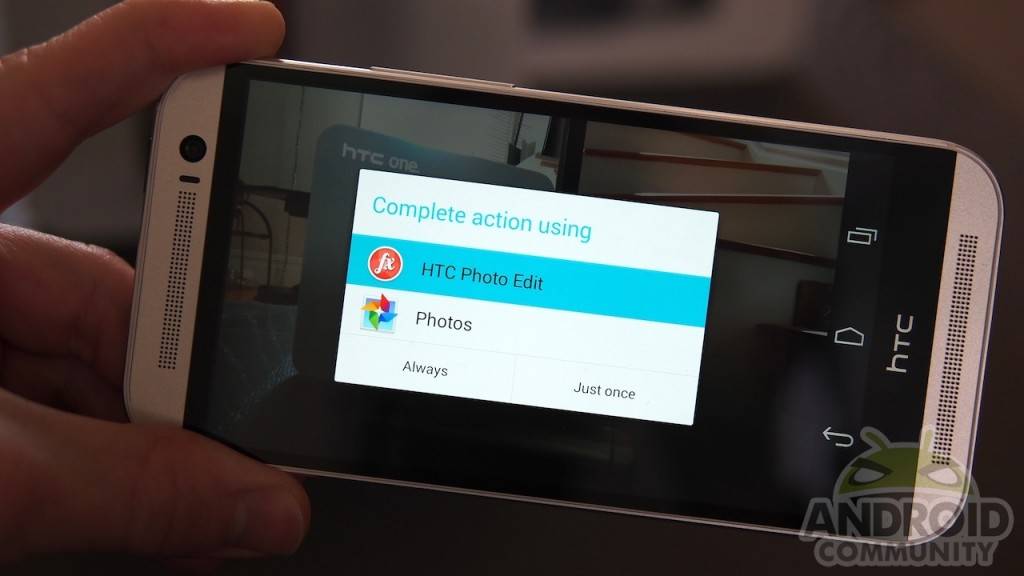
In this case the Duo Camera support comes by way of an HTC Photo Edit option. You will be taking pictures like normal — just launch the regular camera app and snap away. Once the images have been captured you will then have the option to edit using the GPe default of Photos, or with HTC Photo Edit. Choosing the latter means goodies such as UFocus, filters and more.
We should also clarify that the HTC Photo Edit app isn’t going to be found in the launcher. Basically, you will be able to open it from the camera app, but not direct from the launcher, or when viewing images later on after they have already been captured. Also missing from the HTC One (M8) GPe is support for Zoes. Other photo related features include the quick-launch camera, which can be accessed by pressing volume-down when the device is being held horizontally.
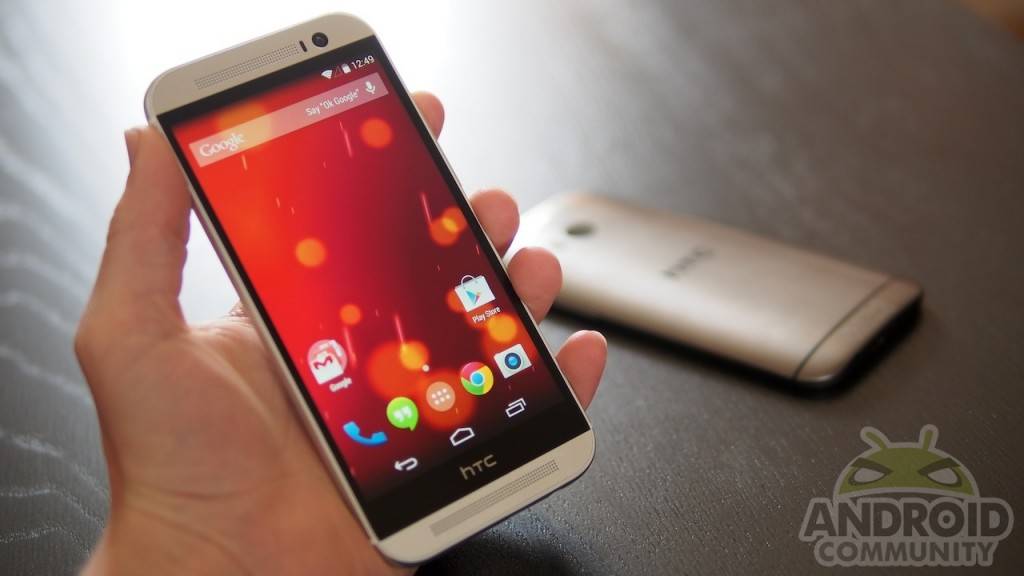
Shifting away from the camera and back to the lack of Sense. In this case users can expect the Google Now launcher. But just like we are seeing other HTC specifics, there are still some software perks to be found. There is a piece of Motion Launch. You will not be able to double-tap the display, but a swipe in from any of the sides will wake the phone. We still need to do a bit of digging and may still find some more HTC goodies included on the GPe.
But otherwise, the hardware (aside from the color difference you see here), is the same. The HTC One (M8) GPe brings support for quadband GSM/EDGE, quadband HSPA/UMTS (850/AWS/1900/2100 MHz) and triband 2G (850, 1900, 2100 MHz). The handset supports AT&T and T-Mobile, however those looking to use LTE will want to be looking towards AT&T as there is only support for 700MHz AWS.
The SIM card slot, as well the microSD memory card slot are both still on the sides of the device. And both still require the little pin tool for access. The HTC One (M8) GPe has 32GB of internal storage — of which we were happy to see that 26GB was available for use.
Just like we mentioned with the software, we still need to do a bit more playing in terms of the hardware. Mainly we are a bit curious about the battery life, and well, the few hours we’ve spent playing so far isn’t nearly enough to provide a good answer.
Make sure to keep an eye on the HTC One tag here on Android Community for more on the GPe model as well as the Verizon model.




